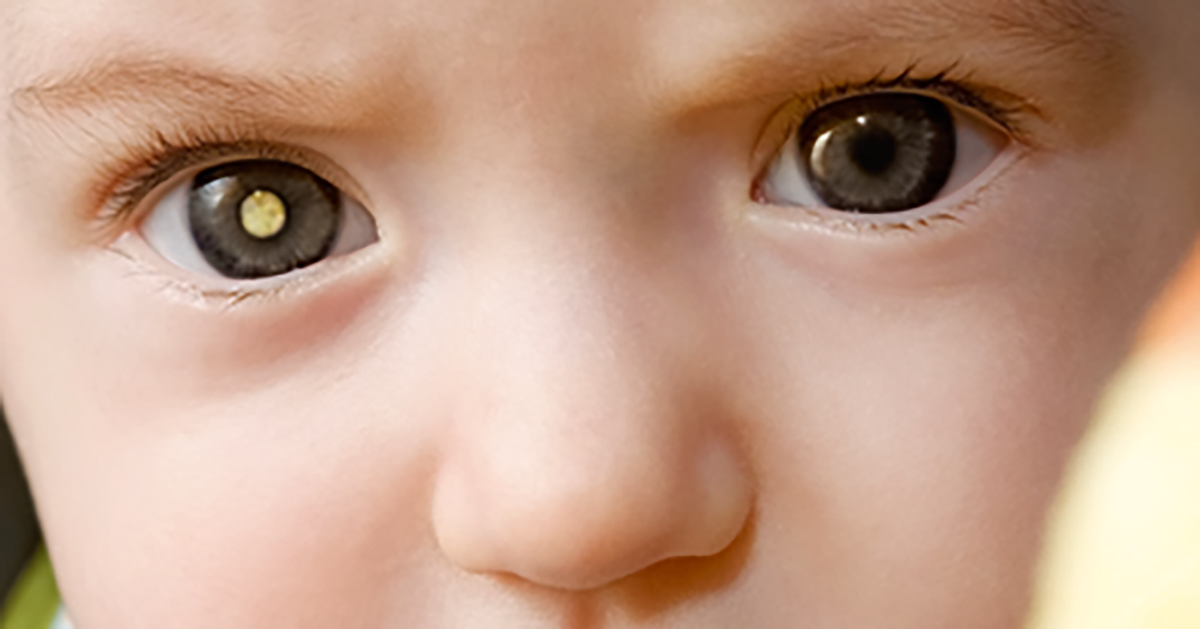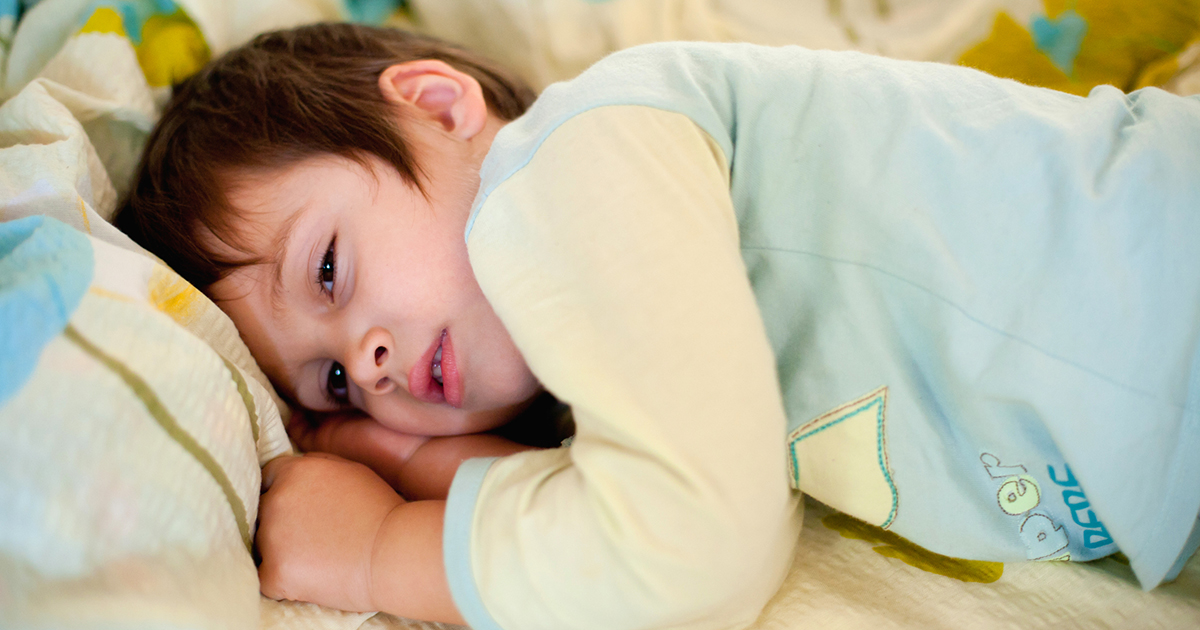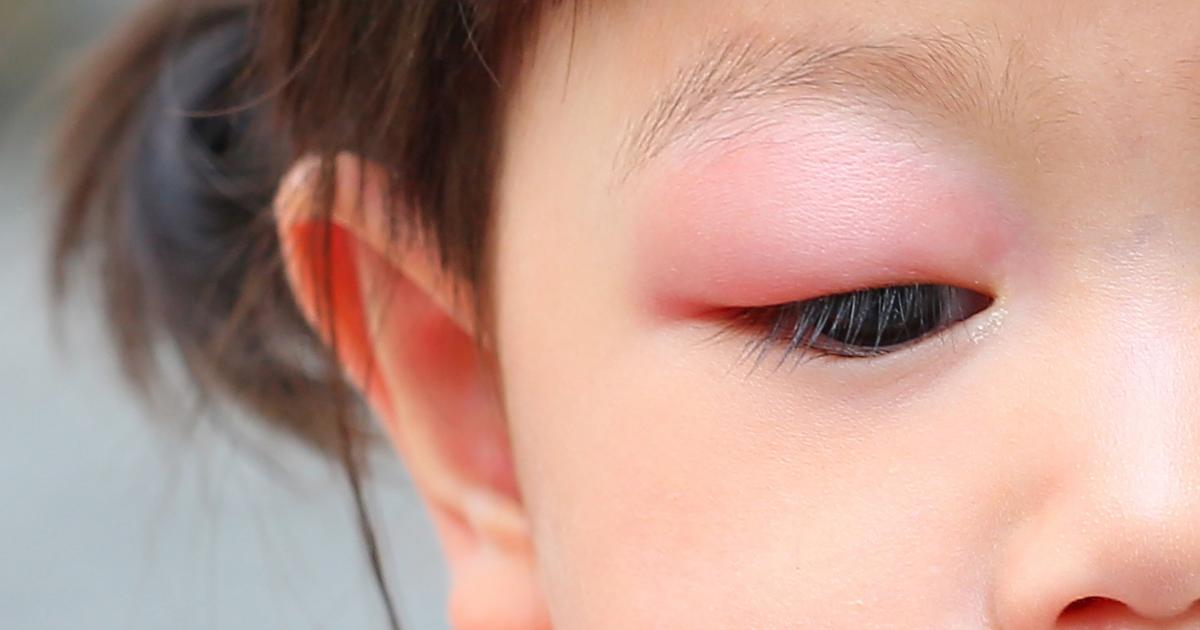Warning Signs Of Childhood Cancers
Dealing with childhood cancer is something no parent should have to go through. But understanding the warning signs of cancer could save your child's life. Parents, relatives, and health professionals often find cancers in children while they're still in the early stages. However, it can be challenging to recognize the seriousness of the illness right away, because many warning signs seem to be normal illnesses or injuries. Cancer is uncommon in children, but if a child exhibits any of the warning signs, it's better to be safe than sorry, so parents should contact a doctor as soon as possible. Here are signs to watch for.
Easy Bruising

Easy bruising may be a sign a child has leukemia. Children with leukemia tend to bleed more than they should after nosebleeds or minor injuries. They also bruise quite easily, even from impacts that shouldn't leave bruises. It's also possible their skin will be dotted with tiny red spots, otherwise known as petechiae. These spots occur when tiny blood vessels underneath the skin are bleeding.
If a child is bruising more than usual, a parent's first thought may be to worry about their safety, such as fixing potential hazards in their room or the backyard. However, they also need to worry about their health. For blood to clot correctly, it needs to have healthy platelets, and leukemia lowers the platelets in the blood. As such, it's essential to get in contact with a doctor and order a blood test, which will analyze the child's platelet count and should offer an explanation.
Continue reading to learn about the symptom related to vision to watch for.
Sudden Vision Changes

If a child experiences sudden vision changes, this might be a sign they have retinoblastoma, which occurs almost exclusively in younger children. They are typically detected when a health professional, parent, or other adult realizes the child's eye looks strange. The earliest and most common sign of this cancer is the white pupillary reflex. When a person shines a light into someone's eyes, the pupil should look red due to the blood vessels found within the eye. However, in children with retinoblastoma, the pupil will seem to be pink or white instead. Children might have lazy eyes, a condition in which both eyes fail to look in the same direction, but this is not always a sign of cancer. In most cases, lazy eyes are caused by weakness in the eye muscles, but retinoblastoma can also cause this phenomenon.
Continue reading to reveal the next sign of childhood cancers.
Unexplained Illness or Fever

Most of the time, an unexplained illness or fever will be some strain of the flu. Nausea and vomiting might be caused by other external factors as well, like unexpected motion and food poisoning. However, if a child has a sickness or fever that doesn't subside within a few days, contact their doctor as soon as possible. If the fever is particularly high, however, don't wait. Fevers occur when an individual's immune system is fighting off an infection. The immune system raises the body temperature as it attacks the source of the infection. In healthy children, the sickness runs its course, and the body returns to normal. However, children with cancer need more help than their immune system can give them, especially if it compromises their immune system.
Keep reading to uncover the next symptom now.
Frequent Headaches And Vomiting

Frequent headaches and vomiting can be a sign something is wrong with a child's body. It is unusual for a child to experience headaches so severe that they throw up. If a child is experiencing these symptoms, parents must be sure to contact a doctor. It's very likely the cause is non-cancerous, but migraines and other headache-related illnesses should still receive proper medical treatment. Headaches don't necessarily mean cancer is in the brain. They can be a sign of brain tumors, but other cancers might also cause them. Leukemia makes children bleed, which can cause complications in the brain. A lack of oxygen can also lead to severe headaches.
Continue to reveal another potential sign of childhood cancers.
Paleness And Lethargy

Children are supposed to lead active lifestyles. They're constantly growing and changing, evolving into new individuals, and as such, it's not normal for them to be constantly tired and unenthusiastic about life. Paleness and lethargic behavior could be signs of childhood cancer, but they can also be signs of other issues. If a child is too lethargic to enjoy their childhood, some kind of medical treatment might be necessary.
Lethargy might be caused by the body fighting cancer or by any number of physical illnesses that cause fatigue and respiratory issues. This symptom will appear with severe cases of childhood depression and other mental illnesses. If parents suspect something might be wrong with their child's body, the best thing theycan do is take them to a doctor who can evaluate the situation accurately.
Keep reading to learn more about the signs of childhood cancers now.
Chronic Pain

A child who experiences chronic pain may have a form of cancer in their bones (osteosarcoma). Cancer can develop in any bone in the body, but is more likely to begin in areas where the bone is growing at a rapid rate. The most common bones in the body of a child affected by osteosarcoma include the femur (thigh bone), tibia (shin bone), and humerus (upper arm bone). Chronic pains in these bones should be evaluated by a pediatrician. Another form of bone cancer known to produce chronic pain is referred to as Ewing sarcoma. Ewing sarcoma development is most prevalent in the femur, shoulder blade, calf bone, spine, tibia, clavicle, breastbone, ribs, pelvis, and hip bone of a child. The chronic pain caused by cancer in the bone of a child may mimic the pain that occurs with a typical sports injury.
Read more about the symptoms of childhood cancers now.
Unusual Lump Of Swelling

A child with a malignant tumor may present with an unusual lump or swelling on a specific part of their body. The most common type of cancer that develops in children that causes an abnormal lump or swelling is referred to as soft tissue sarcoma. Soft tissue sarcoma in a child will present as a lump that does not usually cause any pain or physical discomfort. A painless lump in the limb of a child may be indicative of a bone tumor, skeletal muscle tumor, peripheral nervous system tumor, or blood vessel tumor. A painless abnormal lump in the abdomen or pelvis of a child can be indicative of a fat tissue tumor, fibrous tissue tumor, smooth muscle tumor, perivascular tumor, or blood vessel tumor. It is more common for a child with Li-Fraumeni syndrome, retinoblastoma 1 gene changes, neurofibromatosis type 1, familial adenomatous polyposis, SMARDCB gene changes, and Werner syndrome to be affected by a soft tissue sarcoma.
Get more information on the warning signs linked to childhood cancers now.
Unexplained Weight Loss

A child who is affected by cancer may experience unexplained weight loss that does not improve no matter what food they consume. Cancerous cells have the same needs of healthy cells in terms of glucose and other nutrients required for the production of ATP or useable cellular energy. However, cancerous cells consume these nutrients more rapidly than healthy cells do. A child will experience a decrease in their total body mass when their energy balance shifts from a positive or neutral energy balance to a negative energy balance. A negative energy balance means an individual is burning the calories and other nutrients obtained from their diet at a faster rate than they are replacing them. Cancerous cells in the body of a child will steal away essential nutrients as long as they are living in the body, taking away from the nutrients healthy cells can use. Weight loss also occurs as a result of the affected individual's body utilizing fats for the production of useable cellular energy because no glucose is immediately available.
Learn more about the symptoms associated with childhood cancers now.
Frequent Infections

A child who is affected by certain types of cancer may present with frequent and persistent infections that do not seem to improve with multiple rounds of treatment. An individual's immune system is made of multiple types of white blood cells that help identify, capture, and eliminate foreign substances and pathogens from the body. When the levels of these white blood cells become low due to some mechanism, the individual's body will be less able to fight off infections. White blood cells are mostly made in bone marrow, the soft spongy tissues housed in the hollow canal of the bones. An individual's thymus gland, spleen, and lymph nodes are also the site of production for some types of white blood cells. Cancer in a child that develops in their bone marrow or blood can cause the rapid and continuous destruction of white blood cells. Cancer that develops in the bone marrow can also hinder the production of new white blood cells, which also causes the child to have a compromised immune system. The child is more vulnerable to frequent infections in such conditions because their body does not have the normal mechanisms needed to defend itself.
Reveal additional warning signs of childhood cancers now.
Persistent Nausea

Aa child who presents with abnormal and persistent nausea may be affected by cancer as the underlying cause of their symptoms. One of the most common types of childhood cancer known to produce persistent nausea and frequent vomiting is referred to as neuroblastoma, which is a malignancy of the sympathetic nervous system because the tumor can press on parts of the abdomen, chest, or spinal cord that activate the nausea center in the brain. Another form of cancer that develops in children that may produce nausea and vomiting is referred to as Wilms' tumor. Wilms' tumor describes a malignancy that has developed in the kidney of a child that causes reduced kidney function. When the kidneys are unable to filter toxins from the blood of the affected individual properly, they can experience persistent nausea because their brain is attempting to rid the body of the toxic substance. Certain types of brain cancers in a child can compress the part of the brain that contains the nausea center, which can also cause them to feel like they need to vomit.
